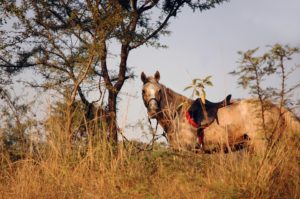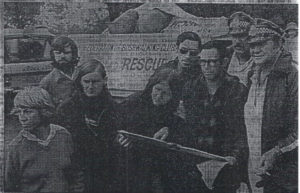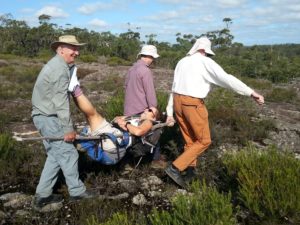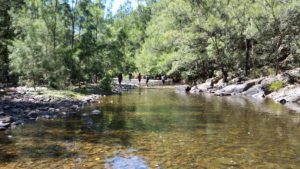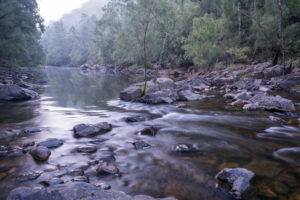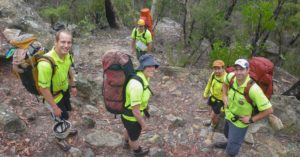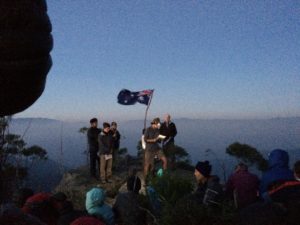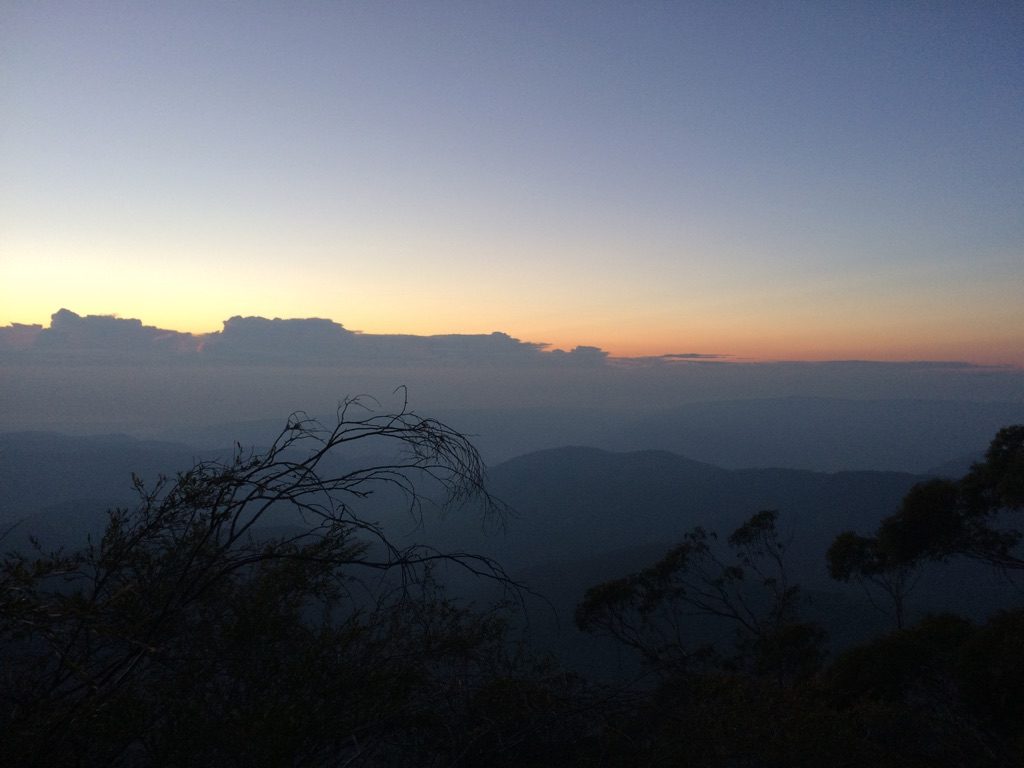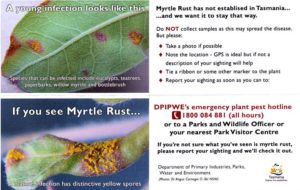Would you like to make a difference to bushwalking in NSW and the ACT? Consider joining one of our 6 working groups:
- Standards & Risk Management Working Group
- Tracks & Access Working Group
- Conservation Working Group
- New Publications Working Group
- YPIC – Young People in Clubs Working Group
- Training – Great Leaders, Great Clubs Working Group
Committee Vacancy: Standards & Risk Management Working Group
Are you a member of an affiliated Bushwalking NSW club? Are you passionate about bushwalking, and concerned about policy and risk management issues that affect all NSW bushwalkers?
If you answered yes to both questions, contact us! Bushwalking NSW is seeking volunteers from around the State to form a working group on club standards & risk management. It will act as an advisory team to the Management Committee, and will:
- develop policies and procedures that clubs can adopt to comply with legal requirements
- develop tools for clubs to ensure they are compliant eg. with Fair Trading requirements
- create a club level boiler plate Harassment Policy & Procedures and Inclusion statement
- refine of Risk Management Guidelines
- seek funding to provide training in Risk Management to clubs and their members
We will require you to:
- attend Working Group and Management Committee meetings in person or via video conferencing software;
- be aware of and have experience in bushwalking in NSW and/or ACT;
- be aware of bushwalking information, issues, skills, and techniques;
- promote a cooperative, collaborative group; and
- assist in the development and implementation of appropriate solutions.
If these goals are of interest, we’d like to hear from you! Apply through our Contact Us form.
Committee Vacancy: Tracks & Access Working Group
Are you a member of an affiliated Bushwalking NSW club? Are you passionate about bushwalking, and concerned about tracks and track access issues that affect all NSW bushwalkers?
If you answered yes to both questions, contact us! Bushwalking NSW is seeking volunteers from around the State to form a working group on NSW tracks and access. It will act as an advisory team to the Management Committee, and will:
- consider approaches to organising and leading track work
- monitor Paper Road Land Sales
- consider track sponsorship, through various mediums such as Social media, the BNSW newsletter, AGM
We will require you to:
- attend Working Group and Management Committee meetings in person or via video conferencing software;
- be aware of and have experience in bushwalking in NSW and/or ACT;
- be aware of bushwalking information, issues, skills, and techniques;
- promote a cooperative, collaborative group; and
- assist in the development and implementation of appropriate solutions.
If these goals are of interest, we’d like to hear from you! Apply through our Contact Us form.
Committee Vacancy: Conservation Working Group
Are you a member of an affiliated Bushwalking NSW club? Are you passionate about bushwalking, and concerned about conservation issues that affect all NSW bushwalkers?
If you answered yes to both questions, contact us! Bushwalking NSW is seeking volunteers from around the State to form a working group on NSW Conservation. It will act as an advisory team to the Management Committee, and will lead campaigns to protect nature eg. Warragamba Dam, Horses out of Kozi, etc.
We will require you to:
- attend Working Group and Management Committee meetings in person or via video conferencing software;
- be aware of and have experience in bushwalking in NSW and/or ACT;
- be aware of bushwalking information, issues, skills, and techniques;
- promote a cooperative, collaborative group; and
- assist in the development and implementation of appropriate solutions.
If these goals are of interest, we’d like to hear from you! Apply through our Contact Us form.
Committee Vacancy: New Publications Working Group
Are you a member of an affiliated Bushwalking NSW club? Are you passionate about bushwalking, and love writing and publication design?
If you answered yes to both questions, contact us! Bushwalking NSW is seeking volunteers from around the State to form a working group on Publications. It will act as an advisory team to the Management Committee, and will:
- seek articles & club profiles from clubs
- seek funding to develop a new magazine design & print run
- source & appoint a magazine designer
- source & appoint an editor
- liaise with outdoor stores to agree add magazine to sales bags
- arrange for production
We will require you to:
- attend Working Group and Management Committee meetings in person or via video conferencing software;
- be aware of and have experience in bushwalking in NSW and/or ACT;
- be aware of bushwalking information, issues, skills, and techniques;
- promote a cooperative, collaborative group; and
- assist in the development and implementation of appropriate solutions.
If these goals are of interest, we’d like to hear from you! Apply through our Contact Us form.
Committee Vacancy: YPIC – Young People in Clubs Working Group
Are you a member of an affiliated Bushwalking NSW club? Are you passionate about bushwalking, and do you or your club hold the key to recruiting young people into clubs?
If you answered yes to both questions, contact us! Bushwalking NSW is seeking volunteers from around the State to form a working group on recruiting young people into clubs. It will act as an advisory team to the Management Committee, and will:
- seek funding to research why youth are not joining our clubs, and what could incentivise them to do so
- seek funds to develop programs to overcome issues/engage with youth
- liaise with outdoor organisations that are already engaging youth eg Scouts, Guides, Duke of Edinburgh, Outdoor Education Group
- consider how clubs could cater to Duke of Edinburgh candidates & retain students as club members
- consider mechanisms for inclusiveness in clubs – draft a policy and actions
- educate clubs on possible ways of recruiting young people and provide boiler plate information to include on club websites
We will require you to:
- attend Working Group and Management Committee meetings in person or via video conferencing software;
- be aware of and have experience in bushwalking in NSW and/or ACT;
- be aware of bushwalking information, issues, skills, and techniques;
- promote a cooperative, collaborative group; and
- assist in the development and implementation of appropriate solutions.
If these goals are of interest, we’d like to hear from you! Apply through our Contact Us form.
Committee Vacancy: Training – Great Leaders, Great Clubs Working Group
Are you a member of an affiliated Bushwalking NSW club? Are you passionate about bushwalking, and are a leader or would like to train leaders?
If you answered yes to both questions, contact us! Bushwalking NSW is seeking volunteers from around the State to form a working group on Training Leaders. It will act as an advisory team to the Management Committee, and will:
- consider out how clubs can cultivate great leaders
- consider how clubs can retain great leaders
- seek funding for a program to develop great leaders in clubs
We will require you to:
- attend Working Group and Management Committee meetings in person or via video conferencing software;
- be aware of and have experience in bushwalking in NSW and/or ACT;
- be aware of bushwalking information, issues, skills, and techniques;
- promote a cooperative, collaborative group; and
- assist in the development and implementation of appropriate solutions.
If these goals are of interest, we’d like to hear from you! Apply through our Contact Us form.

